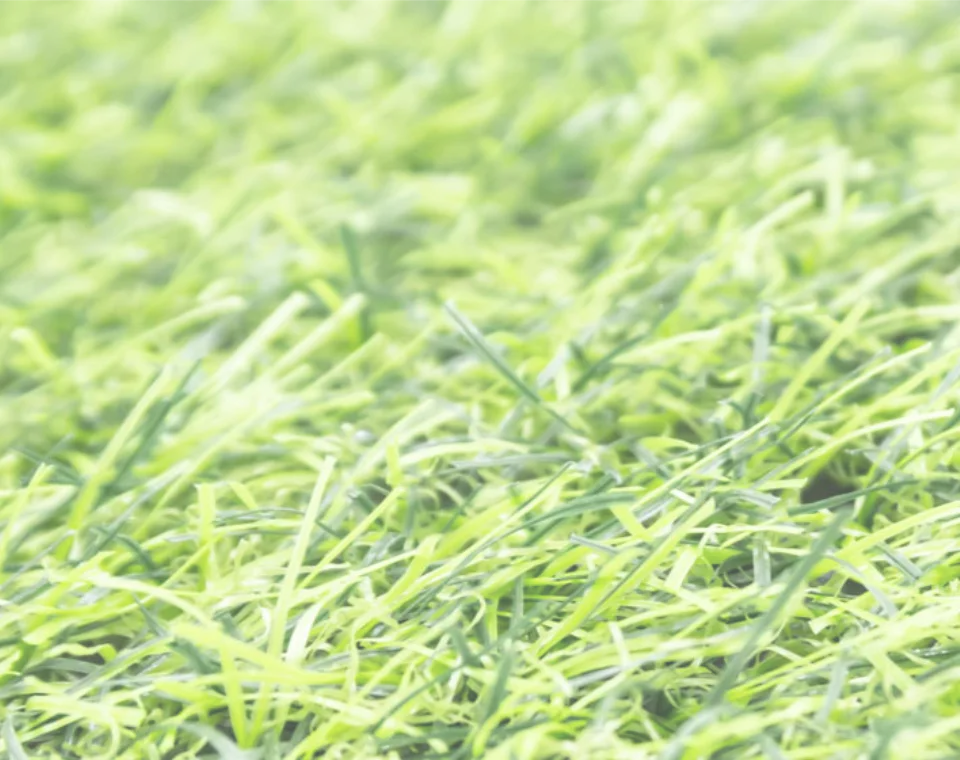
- Afrikaans
- Arabic
- Belarusian
- Bengali
- Czech
- Danish
- Dutch
- English
- Esperanto
- Estonian
- Finnish
- French
- German
- Greek
- Hindi
- Hungarian
- Icelandic
- Indonesian
- irish
- Italian
- Japanese
- kazakh
- Rwandese
- Korean
- Kyrgyz
- Lao
- Latin
- Latvian
- Malay
- Mongolian
- Myanmar
- Norwegian
- Persian
- Polish
- Portuguese
- Romanian
- Russian
- Serbian
- Spanish
- Swedish
- Tagalog
- Tajik
- Thai
- Turkish
- Turkmen
- Ukrainian
- Urdu
- Uighur
- Uzbek
- Vietnamese
Understanding Turf Costs and Their Impact on Sports Field Management
Nov . 30, 2024 22:26 Back to list
Understanding Turf Cost Factors and Considerations
When it comes to enhancing outdoor spaces, the choice of turf is pivotal. Whether for residential lawns, sports fields, or commercial properties, one critical aspect that homeowners, landscapers, and facility managers often grapple with is the cost of turf. Understanding turf cost involves several components, each influencing the final expenditure and determining the best choice for a specific application.
Types of Turf
The first step in comprehending turf costs is recognizing the various types available. There are two primary categories natural grass and artificial turf. Each has its own price ranges, maintenance requirements, and lifespans.
1. Natural Grass This includes popular varieties such as Kentucky Bluegrass, Bermuda, Zoysia, and Fescue. The cost of natural grass generally includes seed or sod prices, installation, soil preparation, and ongoing maintenance (watering, fertilizing, mowing, etc.). Natural turf can cost between $0.50 to $3.00 per square foot for sod, with additional expenses for installation and maintenance, potentially raising the total cost significantly over time.
2. Artificial Turf Often regarded as a more convenient option, artificial turf is crafted from synthetic fibers designed to resemble natural grass. The upfront cost of synthetic turf is substantially higher, ranging from $5.00 to $20.00 per square foot, depending on quality and brand. However, artificial turf requires minimal maintenance, leading to lower long-term costs.
Installation Costs
When calculating turf costs, installation should be accounted for separately. For natural grass, the methods of installation (sod or seed) will affect costs. Sod installation involves more immediate expense but establishes a lawn without the wait time required for seeding. Professional installation services can vary widely, generally costing between $1.00 to $3.00 per square foot, depending on the complexity of the job.
For artificial turf, installation can be more straightforward but involves numerous steps removing existing grass, leveling the ground, and installing a base material before laying down the turf. Professional installation for synthetic turf can add an additional $2.00 to $5.00 per square foot, making it essential to factor this into the overall budget.
Maintenance Costs
turf cost

Ongoing maintenance is another significant factor influencing turf cost. Natural lawns require regular care, including mowing, watering, fertilization, and pest control. Yearly maintenance costs can vary but often range from $300 to $1,000 or more, depending on the lawn's size and the specific requirements of the grass type.
In contrast, artificial turf requires very little ongoing maintenance, mainly occasional cleaning and infrequent repairs. This difference makes synthetic turf an appealing choice for those who want to minimize long-term costs, despite the steep initial investment.
Geographic Considerations
Regional factors also play a critical role in turf costs. The local climate can dictate the type of grass that thrives in a given area, as well as the logistical expenses related to transportation and installation. For instance, regions with harsher climates may need more specialized turf options which can increase costs. Additionally, labor costs can vary from one location to another, affecting the overall expenditure significantly.
Environmental Impact and Sustainability
Increasingly, consumers are becoming aware of environmental impacts when making decisions about turf. Natural grass can contribute positively to the ecosystem, improving air quality and providing habitats for various species. On the other hand, artificial turf, while convenient, often faces criticism regarding heat retention and the potential for microplastic pollution.
As sustainability becomes a more significant consideration for consumers, some companies are now offering environmentally friendly options, which can carry a premium. Thus, while evaluating turf costs, it is essential to consider not only the financial aspects but also the ecological impacts.
Conclusion
In conclusion, understanding turf cost requires a comprehensive view of different types of turf, installation and maintenance expenses, regional influences, and environmental considerations. Whether opting for natural grass or artificial turf, assessing these elements will ensure that individuals make an informed decision that fits their budget and meets their landscaping needs. Investing in the right type of turf can lead to enjoyable outdoor spaces that enhance property value and provide enjoyment for years to come.
-
The Benefits of Artificial Turf for Indoors
NewsJul.15,2025
-
How Artificial Grass Suppliers Ensure Quality Products
NewsJul.15,2025
-
Artificial Grass and Pets: A Space for Relaxation
NewsJul.08,2025
-
Balcony & Outdoor Decoration with Artificial Grass
NewsJul.08,2025
-
Best Indoor Artificial Grass for Home
NewsJul.07,2025
-
Best Pet Turf for Dogs: Safe & Durable Artificial Grass Options
NewsJul.07,2025
Products categories









